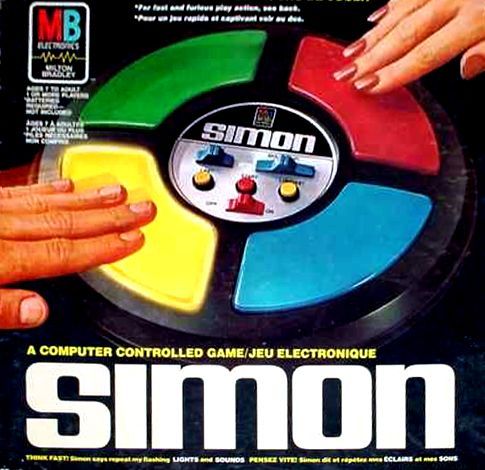Simon (1978) Board Game
Simon is an electronic memory game that was released in in 1978. It was designed by Ralph Baer, Lenny Cope, and Howard J. Morrison. The game quickly became popular due to its simple yet addictive gameplay. Over the years, Simon has been re-released by various publishers such as Hasbro and Estrela, making it a classic in the world of electronic games.
Game Components of Simon
How To Setup Simon
To set up Simon, simply insert the four D batteries and turn it on. The game does not require any complex assembly, making it ready to play out of the box.
Gameplay Mechanics and Game Objective
Player Experience
Simon offers a engaging and challenging experience, testing players’ memory and reaction time. Players sit around the game, which often becomes the centerpiece of social gatherings, much like a crystal ball at a seance. The game’s attractive package, with its lights and sounds, makes it compelling and fun to play.
Pros
Cons
Personal Thoughts on Simon
Simon is a classic game that has stood the test of time, appealing to a wide range of ages. It is ideal for those who enjoy memory games and social interactions. The game’s simplicity in concept yet complexity in execution makes it both fun and challenging. If you’re looking for a game that combines social interaction with mental stimulation, Simon is an excellent choice. However, it may not be the best fit for those seeking highly portable or battery-efficient games, at least in its original form.
We are supported by our audience. When you purchase through links on our site, we may earn an affiliate commission, at no extra cost for you. Learn more.

